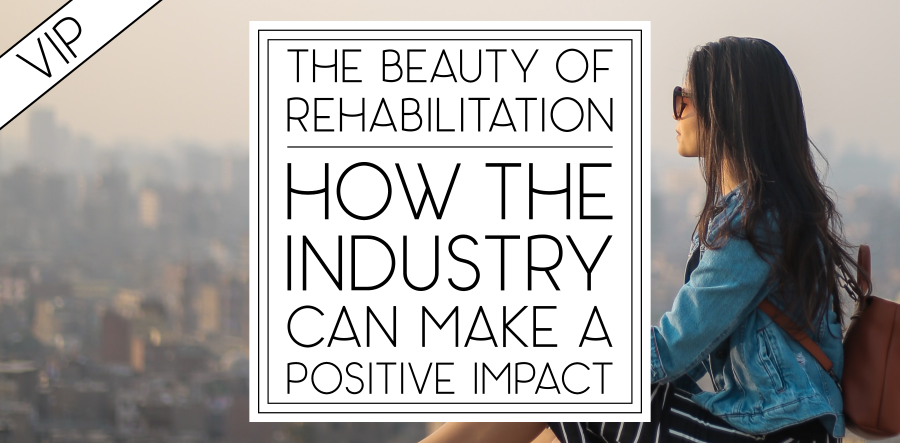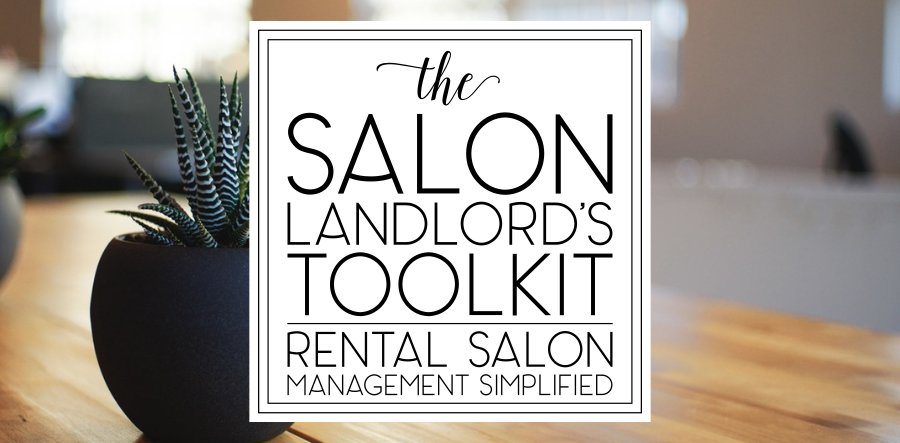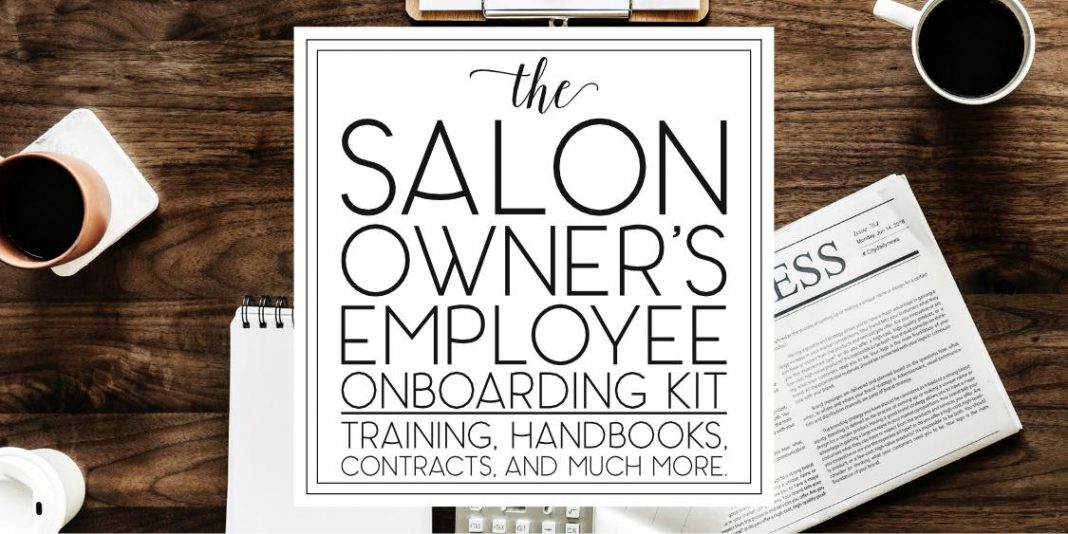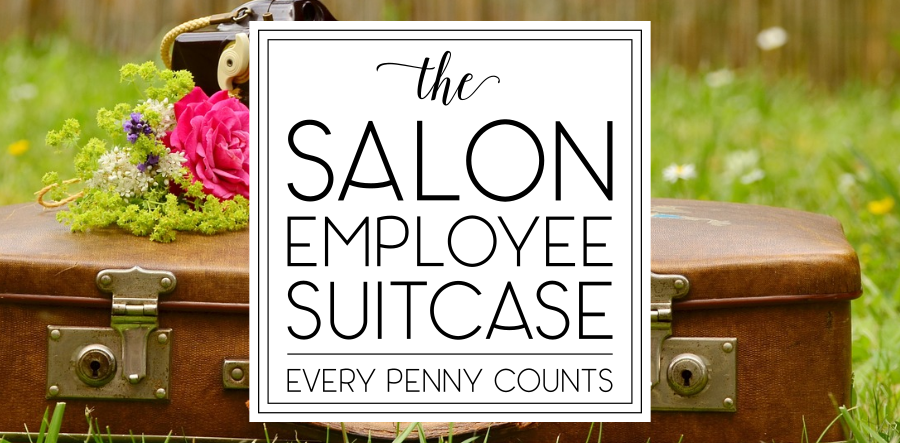Every year, 650,000 people leave prison, only to be discriminated against by employers, making it difficult (if not impossible) to reintegrate. Additionally, many people leave prison with considerable debt in the form of Legal Financial Obligations (LFOs) which accrue interest and may increase exponentially over time. As if that weren’t enough, state board regulations often give state board authorities the ability to withhold or revoke licenses if a licensee is arrested—even if they aren’t convicted of a crime. The LFOs, employment discrimination, and other collateral consequences can make it nearly impossible for ex-offenders to afford housing and basic necessities. Knowing that, America’s high recidivism rates should not come as a surprise to anyone—our society sets people up for failure.
To keep this from becoming an overly specific series of articles, I’m going to be covering a range of issues having to do with the criminal justice system, rehabilitation programs, and the way some states punish licensees who break the law in the least productive and effective way possible. I’ve divided this article into three parts.
Part 1: How Prison Beauty Schools Change Lives
Part 2: How State Boards Sabotage Ex-Offender Reintegration
Part 3: How Salon Owners Can Instigate Change
Part 1: How Prison Beauty Schools Change Lives
In just two decades, the number of women in prison has grown by 700%, making women the fastest growing demographic going into the system. In response, prisons have begun introducing cosmetology programs to accommodate them, but we’re going to focus on just two—one located at Coffee Creek Correctional in Oregon and another at Lowell Correctional in Florida. Specifically, we’ll be focusing on one spectacular woman: Tammy Kennedy.
For the last 17 years, Tammy Kennedy has served as the founding director of Coffee Creek Correctional Facility’s Hair Design program, where participants spend ten hours a day, four days a week learning as much about hair, nails, and skin as they do about salon etiquette. Every hour in the two-year program counts towards the participant’s professional license.
“When a student starts school, there’s an expectation that they do their hair and makeup for class. I tell them you have to suit up and show up every day,” she says. “You need to come prepared like you were going to work in a salon.”
Kennedy’s program provides hope to incarcerated women by giving them a future to focus on. Every day, instead of simply doing their time, they’re preparing for a life outside of the prison. Additionally, qualifying for the program requires a high degree of accountability and integrity. This incentivizes good behavior, making it unlikely that the current participants (and those on the extensive waiting list) will reoffend while incarcerated.
At Coffee Creek, 89 women have successfully graduated from the Hair Design program and reintegrated into society—only six have ever returned to prison.
Oregon’s prison system has the fewest number of reoffenders in the entire country. Tammy’s program, without a doubt, has been a tremendous success, but Tammy didn’t stop there. Tammy applied for and successfully secured a bunch of educational grants for Coffee Creek, then, in 2018, obtained a tattoo removal laser so the inmates could remove tattoos they regret. Many of these tattoos are gang, drug, prostitution, or domestic violence-related. They serve as painful reminders of personal traumas and the past an ex-offender wishes to leave behind.
According to Corrections One, inmates with tattoos are 42% more likely to be re-incarcerated for committing a violent crime, lasting just 2.4 years outside of prison before re-incarceration. Erasing negative parts of their past further helps an ex-offender distance who they are becoming from who they used to be.
“Most inmates are going to leave here and be our neighbors again, and if we’re helping them be the most successful they can be when they leave, then they’re going to be good neighbors,” Kennedy says, “And that’s what we want.”
Unfortunately, dedicated, organized, passionate advocates like Tammy are few and far-between…and here’s where we introduce the program at Lowell Correctional in Florida. (To keep this article on-topic and to keep my head from exploding, we’re not going to be covering the chronic issues at Lowell—the largest women’s prison in the state—but rather, the ineffectiveness of their cosmetology program, despite the best efforts of its directors and instructors.)
Lowell’s underfunded cosmetology program serves as a stark contrast to Coffee Creek’s. Florida’s State Board of Barbering and Cosmetology require a certain number of each service be completed before a student can take their licensing test. Because Florida forbids inmates from altering their appearances and Lowell can’t (or won’t) provide mannequins to students, the curriculum at Lowell’s is limited, so the inmates don’t learn what they need to sit for the exam and therefore cannot take the licensing exam. Once they exit prison, ex-offenders must somehow find the funding and start over at an accredited program, which they are highly unlikely to do.
Florida has the 11th highest state imprisonment rate. 33% of Florida’s prisoners return to prison within 3 years. 65% return within 5 years. Unlike Oregon, Florida’s state leaders have not made criminal justice reform a priority, slashing spending on prison education. In this way, Florida is an embarrassing outlier, lagging far behind states that have invested in a more productive prison system.
For every dollar spent on in-prison programming, five more are saved in lower recidivism rates.
Currently, there exists a deep inequity in the vocational offerings of the nation’s criminal justice system. Women are not provided comparable educational programs as male prisoners. The Texas Criminal Justice Coalition (TCJC) released a report showing that the state offers 21 job-certification programs for men and just two for women. In Mississippi, men are offered 13 programs while women are offered five (including the female-exclusive “family dynamics”—essentially a home economics course). Up until Girl Develop It (a nonprofit that provides affordable and judgement-free learning opportunities for women interested in web and software development) began offering coding bootcamps to female inmates a few years ago, coding courses—which have been available to inmates since 1968—were exclusively for men.
The female recidivism rate hovers at 68.1% and there’s far less infrastructure catering to their education.
We have to provide more opportunity to imprisoned people if we hope to accomplish effective and meaningful rehabilitation, which means we’re going to need a lot more Tammys. If you’d like to get involved, contact the Correctional Education Association and consider becoming a member.
Part 2: How States Sabotage Ex-Offender Reintegration
For ex-offenders, stable employment is just as critical to reintegration and rehabilitation as access to training opportunities, yet many states impose barriers that make it difficult, if not impossible for ex-offenders to obtain or maintain a professional license.
1 in 4 occupations requires a license.
In some states, licensing regulations allow state board authorities to suspend or revoke the occupational licenses of those who have been arrested. Many of these regulations also make it impossible for those with criminal histories to obtain a professional license in the first place. Those ex-offenders who participate in a program in prison (or after release) may complete it only to find themselves ineligible for state licensure.
If a person commits a crime and serves their sentence, when is their debt considered paid?
Licensing regulations often grant broad authority to occupational boards to deny license applications. For instance, in half of the states, boards may deny an application on “good character” grounds. In a handful of those states, the applicant must have committed an offense related to the occupation, but the regulations are not clear about how the relatedness of the offense to the occupation is to be determined. These “good character” provisions often also allow boards to deny application based on minor offenses and sometimes even arrests that never actually lead to a conviction.
Former offenders seeking licensure must often face a criminal history review—a process that can take as long as a year. These hurtles discourage those with criminal records from even attempting to seek licensure. In 2015, Pennsylvania’s licensing board added a question about criminal history to their applications and the number of overall barber and barber manager licenses dropped by almost 25% annually.
To say these unreasonable, arbitrary, and discriminatory barriers harm state economies and industry growth overall would be an understatement. In 2014, employment barriers faced by people with felony convictions were associated with a reduction in the overall employment rate amounting to a loss of at least 1.7 million workers from the workforce and a cost of at least $78 billion to the economy.
A crime should be substantially related to a person’s fitness to do their job before a licensing board can suspend or revoke their occupational license.
We’re cosmetologists, barbers, manicurists, and estheticians. We are not bank robbers or embezzlers applying for positions at financial institutions. We’re not drunk drivers applying for transportation jobs. In our normal course of business, most of us are not working exclusively with “vulnerable individuals” (the elderly, disabled, or children). Aside from theft, I can’t see a situation in which a relationship between a salon professional’s position and the reason for an arrest would exist, so why are our licensing boards permitted to behave as both industry gatekeepers and the arbiters of our futures?
Since 2016, 14 states have passed laws revising offender licensing restrictions based on a past criminal conviction. In an increasing number of states, sweeping legislative changes are dropping barriers to reemployment by prohibiting licensing authorities from denying applications in a wide variety of circumstances. For instance, a new law in Delaware disallows their licensing boards from considering convictions that are more than ten years old if the applicant has maintained a clean record. In Indiana, all licensing boards are required to list all disqualifying crimes, eliminate any vague terms that granted the board “unfettered discretion” in licensing decisions, and exclude any arrest records not resulting in a conviction.
We may not be able to fix a substantially flawed criminal justice system, but we can fix this. Let’s talk about how.
Part 3: How Employers Can Instigate Change
Why should I consider hiring an ex-offender?
As employers and business owners, we are hugely influential in more ways than we often realize. We have the opportunity to change lives. By providing employment to ex-offenders, not only can we help them reintegrate into society, we can help reduce recidivism rates—and thus crime rates in our communities.
The New York Department of Labor found that 83% of offenders who violated probation or parole were unemployed at the time.
If doing public good doesn’t incentivize you enough, here are some additional reasons to consider hiring an ex-offender:
- Ex-offenders are desperate to work. Average citizens who have never known a world in which they couldn’t easily secure employment are more likely to take their jobs for granted. Ex-offenders understand how overwhelmingly difficult it can be to find employers willing to hire them. As a result, ex-offenders are known to be more loyal and devoted employees.
- Ex-offenders have often attended a wide variety of training programs that provide participants with the education they need to succeed in a workplace, making them more qualified than an untrained applicant.
- Many ex-offenders have developed a strong understanding of authority and may be more capable of handling stressful situations and environments.
Still not convinced? Fine. Consider the tax benefits.
The Work Opportunity Tax Credit can be applied to employers who choose to hire convicted felons.
The maximum eligible tax credit is $2,400 per adult hired (the same as the credit available for hiring veterans). To qualify, the ex-felon must be hired within one year of being convicted of a felony or released from prison. The employer must send your application for the credit to the Department of Labor within 28 days of the employee’s hire date. The employee must be retained at least 180 days or 400 hours. If the employee works at least 120 hours, you can claim a tax credit of up to 25% of their first year’s wages (up to $6,000). If they work over 400 hours, you can claim up to 40% of their first year’s wages (up to $10,000). Unused credits can be carried forward for up to 20 years.
Additionally, employers may be eligible for the Federal Bonding program, providing the employer with a free short term liability bond ranging from $5,000 to $25,000. These bonds protect employer from the possibility of theft or dishonesty on the part of an ex-felon, recovering substance abuser, dishonorably discharged military personnel, and other qualifying job candidates. To qualify for the bond, the job must employ the worker for at least 30 hours per week, classify the worker as an employee (NOT an “independent contractor” or “self-employed”), and withhold federal taxes from the worker’s paycheck.
Am I required to ask about a person’s criminal history?
Employers are not required to ask about a person’s criminal history or conduct background checks, but nearly 7 out of 10 companies do. (At Unvarnished, we do not.)
If you choose to implement background screening, the information you search for should be relevant to the specific responsibilities of the job.
Can I legally ask about a person’s criminal history?
On a federal level, it is not illegal to ask questions about an applicant’s background, or to require a background check. However, federal law prohibits checking the background of applicants and employees when that decision is based on a person’s race, national origin, color, sex, religion, disability, genetic information (including family medical history), or age (40 or older).
Employers must apply the same standards to everyone.
Up until very recently (the law literally changed while I was writing this article),the EEOC recommended taking special care when basing employment decisions on background problems that may be more common among people of a certain protected class. For instance, you shouldn’t use a policy or practice that excludes people with certain criminal records if the policy or practice significantly disadvantages individuals of a particular protected class or characteristic, and does not accurately predict who will be a responsible, reliable, or safe employee. Eleven days ago, the Fifth Circuit struck down these recommendations, holding that the EEOC didn’t have the authority to issue them, can’t enforce them, and can’t treat them as binding. That said, employers would still be wise to follow them. (I consider it unlikely that activists will let this lie, especially with so many of them leading an effective campaign to ban the box, a movement that has overwhelming bipartisan support.)
Policies should be job-related and consistent with business necessity.
The FTC requires employers to get the applicant’s written permission to perform the background check, clearly and conspicuously. Employers are also prohibited from using the information obtained to discriminate against the applicant or otherwise misuse the information in violation of federal or state equal opportunity laws or regulations.
What are Ban-the-Box laws? What is “fair chance” legislation?
If you live in one of the 35 states or 150 cities that have adopted a ban-the-box or “fair chance” policy, employers cannot legally ask the question, “Have you ever been arrested or convicted of a crime?” during the application process. In these states, employers must first consider the job candidate’s qualifications. Background checks aren’t permitted until later in the hiring process (often after the employer has made a conducted an interview or made a conditional offer of employment).
35% of the U.S. population lives in a jurisdiction that has banned the box.
Local laws vary widely. For instance, in California, employers must engage in a multi-factored individual analysis of whether the criminal record justifies denying employment. If it does, the employer must provide the applicant with notice and an opportunity to provide mitigating evidence. In New York, employment ads that say “background check required” or “no felonies” are prohibited entirely. Check your state/city legislation to ensure you’re in compliance.
Can I refuse to hire someone with a criminal history?
There are no federal laws that explicitly prohibit employment discrimination based on a criminal record, but there are limits on how much (and when) criminal records may be considered. For instance, the decision not to hire someone based on their criminal record must be related to the job, expunged crimes and arrest records often cannot be considered, and in some states an individual must be given a fair chance to present their qualifications and make a case for their capability.
How can I help an ex-offender succeed in my salon?
Individuals vary widely, but as a group, ex-offenders often struggle with the following common characteristics or attitudes:
- feelings of failure, hopelessness, and pointlessness,
- alienation from mainstream institutions,
- cynical outlook, and
- emotional/culture shock (shortly after release).
Understand that people who are released from prison, especially those who have served longer sentences, are entering worlds that may differ vastly from the ones they knew. They need hope, positive incentives, clear information, compassion, consistency, and—more than anything—respect.
Forget your employee’s past. Treat them as the person they’re becoming, not the person they were.
In the salon, provide stability, consistency, and predictability—especially when it comes to rules and consequences. Everyone in the salon should be treated equally and should know exactly what to expect from management. If your company has opportunities for advancement, assure the employee that they’re just as eligible to move up within the organization as everyone else. Explain the opportunities available to them and how they can work their way into new positions. Support them throughout the workday by providing positive feedback. (While providing positive feedback is critical to overall employee satisfaction and retention, it is doubly important to provide it to an ex-offender who may be struggling to find their place after release.)
One in three American adults has some kind of criminal record.
What about those who have committed violent crimes? Should I be concerned about the safety of my employees/clients?
Think carefully about the many people you’ve encountered in your life. How many of them have acted violently towards another person and simply weren’t arrested for it or had their records expunged? You likely interact with more people who have committed violence against another person than you realize. Just because someone has hurt people before doesn’t necessarily mean they’ll do it again.
What should I say if a client or employee asks me about the new hire’s past?
Nothing. Not only is it none of their business, it’s not your place to share that information with anyone—especially if you’re located in a state that doesn’t make criminal records public information. Whether to share the information with others is the employee’s decision to make. Any of your team members who have become aware of the employee’s criminal history should be told to keep that information to themselves at all times. (After delivering the warning, I would personally consider such an egregious violation of another employee’s privacy a fireable offense.)
Those who have paid their debt to society deserve the opportunity to become productive citizens. Employers who discriminate against applicants with criminal records and refuse to hire them, to a degree, are complicit in their recidivism.
The data speaks volumes. We can make a difference, and if we have the opportunity to, we should. You don’t have to be located in an area with ban-the-box laws to implement your own fair chance policy. Remove the question from your applications. Give applicants a chance to win positions within your salon based on their individual merits before considering their past. When evaluating their past, ask yourself if their crimes are related to the position.
Everyone deserves the opportunity to redeem themselves. Let’s not be one of the many collateral consequences ex-offenders must contend with after release. A debt paid is a debt paid.








